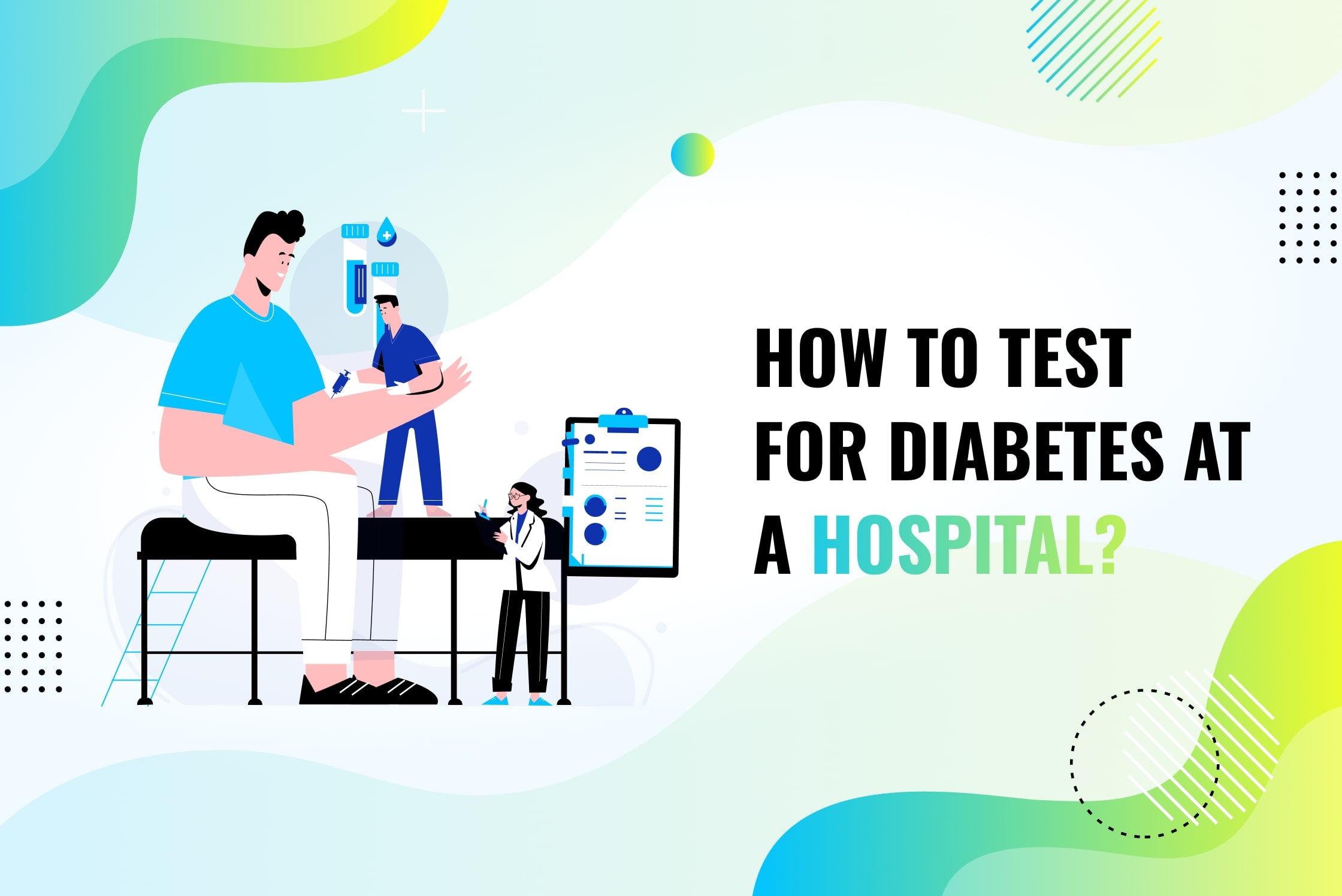How To Test For Diabetes At A hospital: Full Guide
If you think diabetes may be affecting your health, visiting the hospital to undergo testing is essential.
From fasting blood sugar tests and A1C exams to a host of other assessments, this post will provide everything needed know about checking for diabetic conditions at a medical facility.
So check it out now if you’re concerned that diabetes might be taking its toll on your wellbeing!
What are the signs and symptoms of diabetes?
Diabetes is a major health concern affecting millions of people around the world.
Unfortunately, many individuals with diabetes may not exhibit any noticeable signs and symptoms at all while others can experience common warning cues that should be heeded as soon as possible to ensure proper diagnosis and treatment are received in time.
Keep an eye out for telltale indicators such as:
- An increase in thirst
- Frequent urination
- Extreme hunger
- Feeling fatigued
- Blurred vision
- Tingling or numbness in the feet or hands
- Wounds and sores that don’t heal quickly
- And unexplained weight loss.
If you find yourself experiencing several stressors like these regularly, it might be wise to get checked by healthcare providers right away!
Different types of hospital diabetes tests
There are different types of test you can do at a hospital. They’re much more accurate than home tests and they’re also done by professionals so you don’t need to do anything.
With that said, here are the different diabetes tests that you can undertake in a hospital:
1. A fasting blood sugar test – is an important tool in detecting and monitoring diabetes or prediabetes. The test measures the amount of glucose, or sugar, in your bloodstream by taking a single blood sample after fasting for 8 hours overnight.
2. The Glucose Tolerance Test – assesses how well your body processes sugar by measuring your blood sugar levels before and after a sugar drink. It is used to diagnose diabetes and insulin resistance, which puts you at risk for developing diabetes in the future.
3. A1C Test, also known as a Hemoglobin A1C test, glycosylated hemoglobin test, or HbA1c test – measures the average level of glucose control over two to three months by accurately assessing what percentage of hemoglobin is coated with glucose molecules (glycated).
This helps doctors monitor their patient’s long-term diabetic health status without drawing multiple fasting blood samples for them each visit.
4. Random Blood Sugar Test (RBS) – The Random Blood Sugar test is a simple and quick way to check your blood sugar levels.
This test requires drawing a sample of blood from a vein in your arm, usually done at the hospital or lab. It measures the amount of glucose in your blood, which can tell you if you have diabetes.
5. Glycated Hemoglobin (HbA1c or A1C) Test – This test measures the amount of glucose attached to hemoglobin molecules, which are part of red blood cells.
It is an essential indicator of a person’s average blood sugar levels over the past few months and can be used to diagnose diabetes.
6. Oral Glucose Tolerance Test (OGTT) – The OGTT tests how well your body processes glucose in the bloodstream.
During the test, you will drink a sweetened liquid containing a measured dose of glucose and then have your blood sugar levels tested at specific intervals afterward.
The results from this test help determine if you have diabetes or prediabetes.
Steps for diabetes testing at a hospital
Now that you know what type of tests you can take for diabetes at a hospital, how does the whole process look like? Here’s an overview:
Step 1: The first step in testing for diabetes at a hospital is to have a medical professional take a blood sample. This sample will then be analyzed to determine if further testing or treatment is necessary.
If there is evidence that the patient may have undiagnosed diabetes, such as an elevated fasting glucose level, then an A1C glucose test may be ordered.
This test measures the average sugar levels over a three-month period, giving doctors insight into more long-term sugar levels and helping them make decisions about treatment.
Step 2: If diagnosis is confirmed, the doctor will work closely with their patient to develop an individualized plan for managing diabetes.
This plan can help the patient make lifestyle changes, such as exercising regularly and adjusting their diet in order to control their blood sugar levels.
In addition to this, the doctor may suggest medications or other treatments that can help keep diabetes under control.
Step 3: Finally, once a plan has been established and monitoring begins, the patient must attend follow-up appointments with their doctor on a regular basis.
During these visits, they will undergo further tests and evaluations in order to monitor how well their condition is being managed and to adjust any necessary part of the plan accordingly.
Additionally, these checkups are important for detecting any new signs of diabetic complications early so that they can be treated promptly before becoming serious health issues.
What are the treatments for diabetes?
Diabetes is a serious condition that requires regular treatment and management to avoid long-term complications.
Here are the treatments available:
1. Lifestyle Changes – Regular physical activity, eating healthier food and maintaining a healthy weight are recommended lifestyle changes to manage diabetes.
2. Oral Drugs – Metformin or other medications in pill form may be prescribed by the doctor for diabetes treatment.
3. Insulin Injections/Pumps – In some cases, insulin injections or pumps may be used to help manage blood sugar levels more effectively.
4. Nutritional Counseling – Patients may benefit from nutritional counseling sessions to better understand their dietary needs when living with diabetes.
5. Support Groups & Psychotherapy – Joining support groups and undergoing psychotherapy can also help patients cope with their condition and assist them in managing it better over time.
Final Thoughts
Diabetes is a serious medical condition that requires proper diagnosis and treatment to ensure long-term health. If you’re experiencing any of the symptoms mentioned above, it’s important to consult your doctor and get tested for diabetes.
When it comes to hospital diabetes tests, there are numerous options available depending on your unique needs. But the first step is to just go to the nearest hospital.




